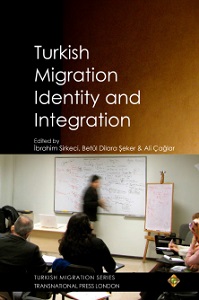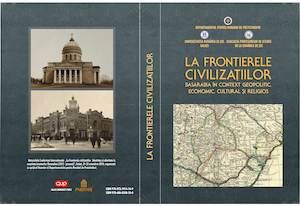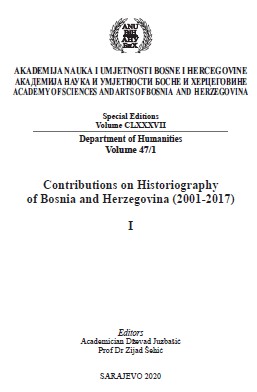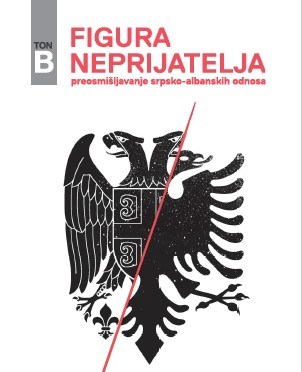Author(s): Nenad Moačanin / Language(s): Bosnian,Croatian,Serbian
Publication Year: 0
In the period of 2001–2017 Croatian Ottomanists (nine, but really seven more productive authors) had produced a fairly large number of innovative works dealing with Bosnia-Herzegovina, or, more precisely, the eyalet of Bosnia in the early modern period (roughly 1500–1800) which for a certain time was including about half of present-day Croatia. The parts of Croatia in the Adriatic hinterland were belonging to the Bosnian eyalet until the end of the 17th century, as well as western most part of the land between the Sava and Drava rivers, while the rest of that territory, that is, central and eastern Slavonia was attached to the new eyalet of Kanizsa in 1600, yet it had mostly remained under Bosnian control in financial matters. This was the reason why the history of the whole space was outlined as one and the same larger unit. A wide range of subjects featuring new methods, advanced and original was discussed, from social and economic issues, to religion and culture. The most interesting findings and achievements had been made in the matters of analyzing the intricacies of Ottoman taxation. It turned out that the tax assessment must not be apprehended at the first glance, but that the historian has to include the rather hardly visible practices on the ground, influenced by local realities, with a huge impact on the land regime, and even more so, on demographic estimations. Concerning the high rates of conversion to Islam, special attention was made to the hitherto neglected factor, that is, to the financial stimuli. It was found that, due to the specific situation of the economic position of the peasantry, in Bosnia, or its central parts together with northern Herzegovina, embracing Islam brought more substantial easements than in much of the rest in the Balkans. As for the military issues, ocaklık timars and autonomy fresh interpretations were also offered. To the history of towns, culture, relations between the eyalet and Dubrovnik and particularly ecohistorical subjects due respect was paid with remarkable success. Last but not least, the new reading of Evliya Çelebi’s travelogue had resulted in many new insights. Much of this work was performed in a manner like looking for a needle in a haystack, but in my opinion it was quite rewarding.
More...













